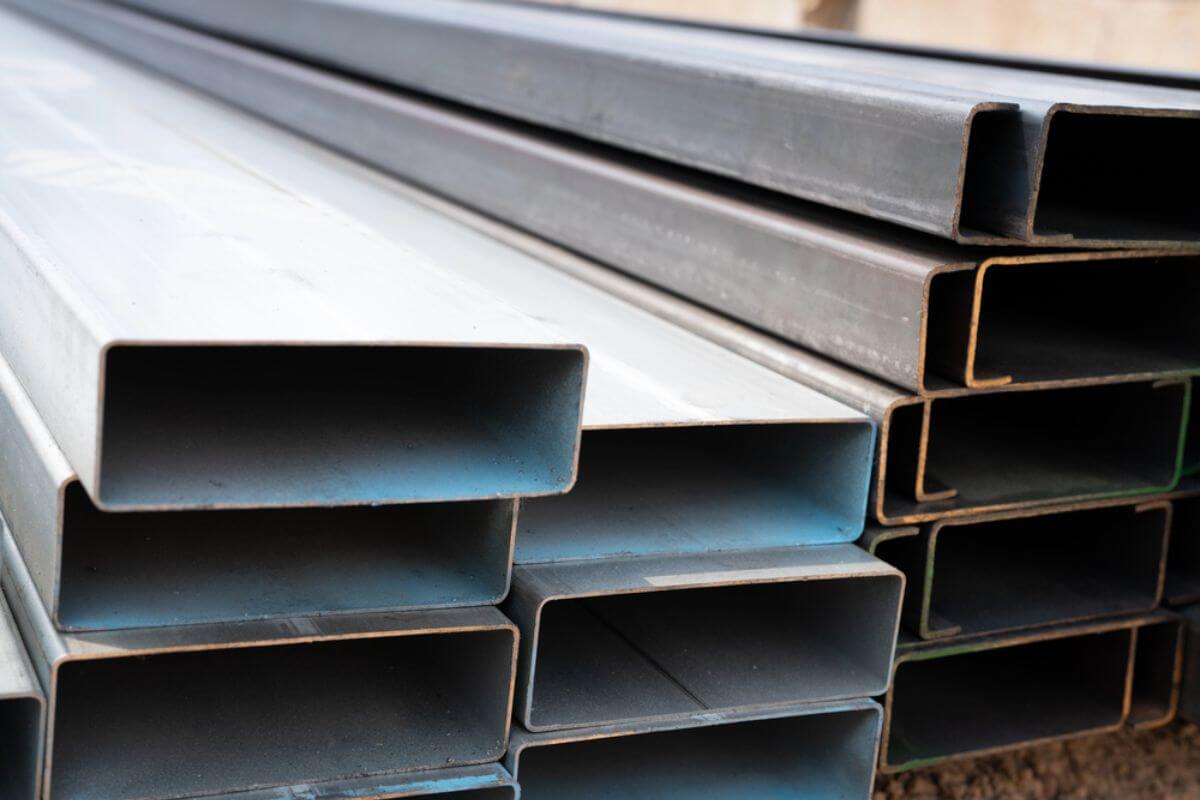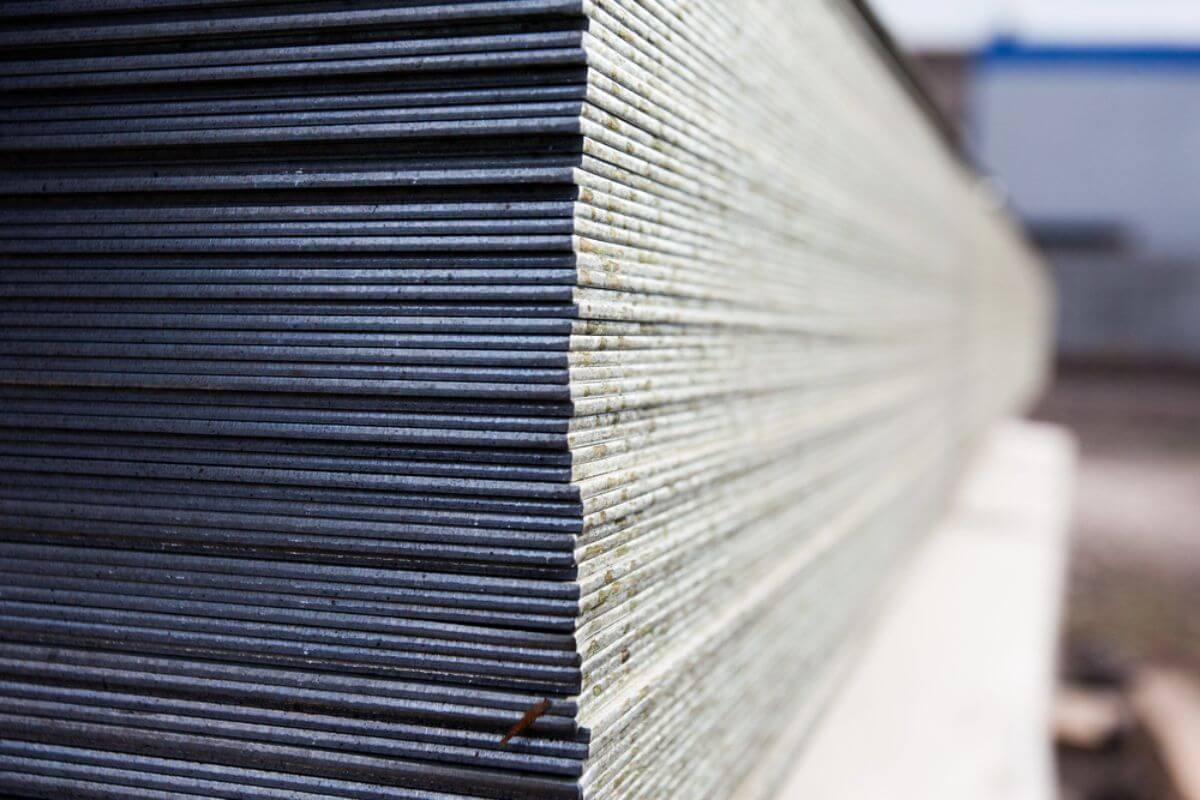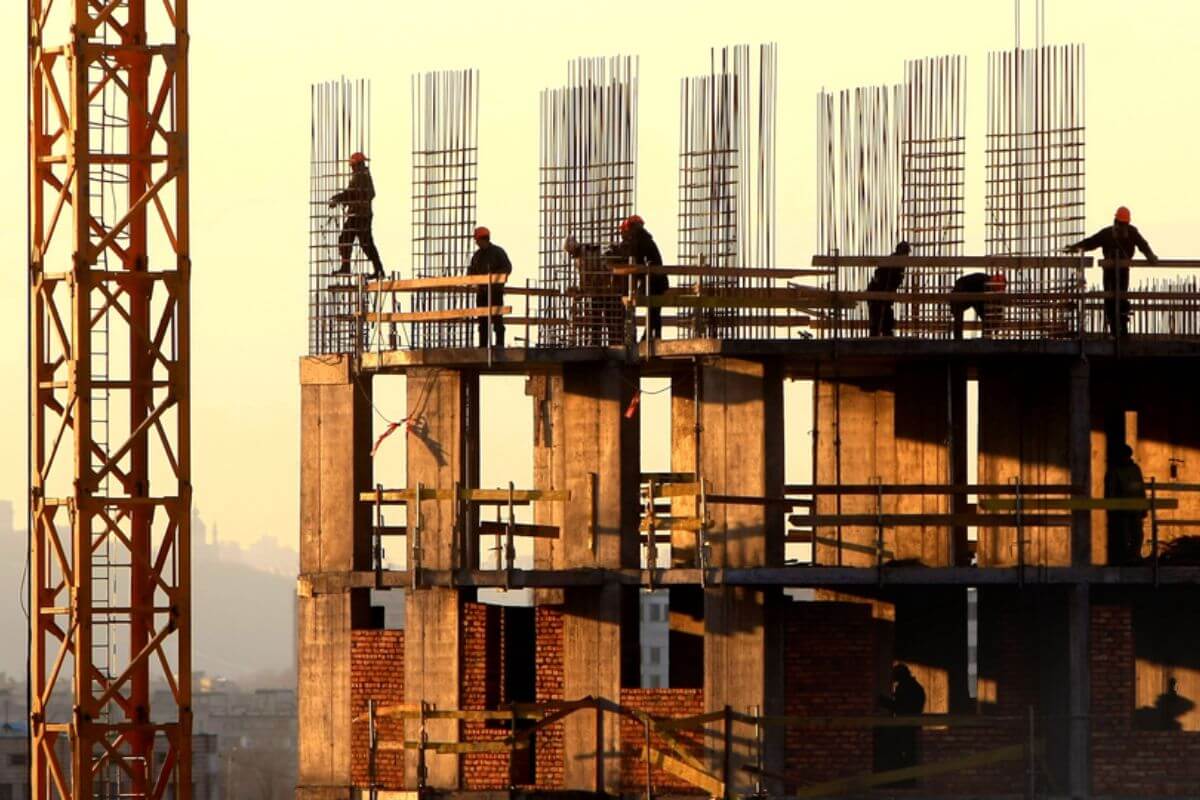How do you choose the right size and thickness of rectangular tubes for your project?
- Assess load capacity requirements
- Identify the application for a specific use
- Choose the ideal material for durability
- Consider space constraints
- Evaluate welding requirements for construction
Overview
- Choosing the right specifications for rectangular tubes is essential to maintain structural integrity.
- Key factors such as load capacity, material type, application, space limitations, and welding requirements must be thoroughly assessed to avoid issues.
- Regan Industrial provides high-quality steel tubes in various sizes to ensure durability and safety for your project.
Determining the correct specifications for a rectangular tube is more intricate than it may seem. Even slight discrepancies in dimensions can lead to instability, causing additional costs or potential damage to the structure. Various factors must be considered when identifying the right components, as overlooking them can result in complications during the project.
Regan Industrial, a leading supplier of rectangular tubes in the Philippines, offers top-grade steel materials in various sizes to meet all fabrication needs. Understanding how to select the correct specifications will help avoid complications from improperly sized materials. This guide will assist you in choosing the right measurements for your components.
Assess Load Capacity Requirements
Each structure has specific load-bearing requirements that must be carefully considered. Using materials that are too thin or undersized increases the risk of structural failure, especially in buildings meant to house occupants where safety is paramount. Before purchasing steel tubes, it is crucial to assess the load capacity needed for the project.
Start by evaluating the expected loads, including dead loads (the weight of the structure itself) and live loads (people, furniture, and equipment). Collaborate with engineers to ensure accurate calculations of the stresses the structure must endure. Based on these calculations, select steel tubes that can support the required loads without compromising structural integrity.
Identify the Application for Specific Use

Determine the intended application to properly assess the required proportions. Thicker tubes with larger cross-sections are utilized to hold a building’s primary framework. These dimensions allow them to maintain stability as they handle substantial loads. Conversely, smaller ones are more suitable for architectural applications like staircases, where they provide adequate support without adding unnecessary weight.
Whether for large-scale creations or interior detailing, each application will demand different specifications. Selecting materials without a clear understanding of their purpose can lead to wasted resources or, worse, structural failure. Always define their usage early on to prevent costly and potentially dangerous miscalculations.
Choose the Ideal Material for Durability
Next, assess the steel’s mechanical properties to ensure it supports your development’s frame. Choosing the wrong material, even with the correct dimensions, can lead to early deterioration. Material composition affects load-bearing capacity, so select the steel type that suits your project needs. Galvanized steel is ideal for construction, while alloyed steel is preferred for automotive applications due to its strength.
For high-quality steel tubes that offer durability and versatility, Regan Industrial provides reliable solutions that meet safety standards and your project’s requirements.
Consider Space Constraints
Before making bulk purchases, it’s essential to assess spatial limitations to prevent installation issues. Evaluate available clearances and consider obstacles like nearby piping and electrical conduits to ensure proper fit and alignment. Using incorrectly sized sections may add excess weight, complicating installation and potentially requiring them to be scrapped.
To avoid these problems, carefully align the tubing’s dimensions with any physical restrictions in the area. Ensuring proper sizing will allow the materials to support the structure effectively without causing unnecessary complications, saving time, resources, and costs while maintaining structural integrity throughout the project.
Evaluate Welding Requirements for Construction

A mismatch between tubing thickness and welding process can lead to weak connections, compromising the structure. It’s essential to assess welding requirements based on tubing dimensions to ensure strong, stable joints during installation.
Steel solutions should have increased wall width to withstand high heat input and achieve full penetration in heavy-duty welding. Thinner tubes, on the other hand, are better for lighter components that need precise control. By evaluating these parameters, you can ensure that they are aligned with the technical requirements your property needs to meet.
Key Takeaway
Selecting the right dimensions for steel components is vital for structural integrity. Size and thickness are crucial for performance. By evaluating key factors before bulk purchasing, you can avoid resource wastage and ensure optimal results for your project.
If you are looking for high-quality rectangular tubes in the Philippines, Regan Industrial can provide you with the appropriate solutions you need for safety and long-lasting performance. Contact us today for more information about how to choose the right tubing for your development.






